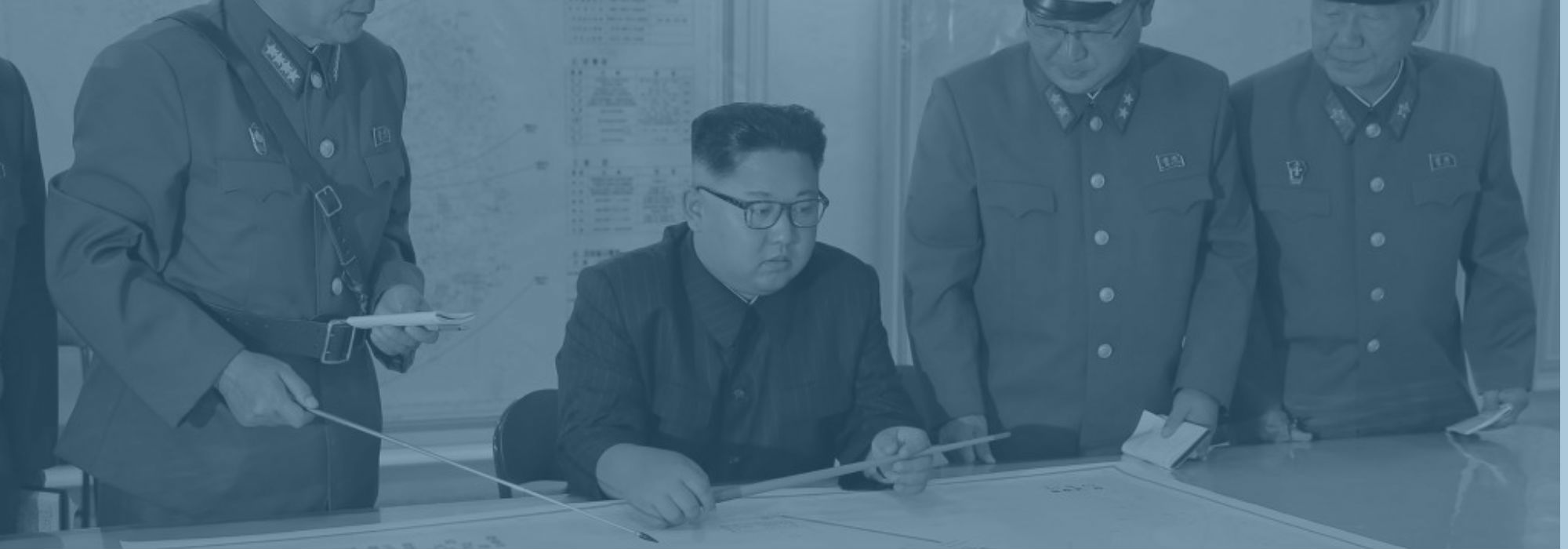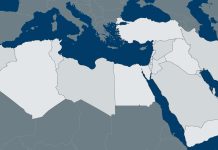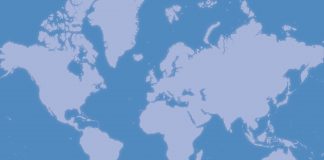By Allison Fedirka
“We don’t know” may seem like an unacceptable phrase for an organization such as ours. But it’s a phrase that’s uttered in our virtual hallways more than you might think. For us, it’s not so much a matter of always having the “right” answer but of having the correct model, based on the available evidence, even when the evidence is hard to come by, that predicts what the answer will be in time. Among the most difficult jobs we have is articulating how a model meant to change changes.
It’s a job that has proved particularly difficult with North Korea, an issue that involves guarded and strategically disseminated information such as national security and war planning. What we talk about when we talk about North Korea, then, often revolves around the events of the day. One day, Jeffrey Lewis, an expert on North Korea’s weapons program, writes that “the game is over.” The next day, the International Institute for Strategic Studies alleges that Ukraine, of all places, expedited the construction of North Korean intercontinental ballistic missiles. Between these statements, Kim Jong Un threatened to attack Guam, which is tantamount to attacking the U.S. itself.
But statements don’t determine the behavior of nations, even ones from a famously tight-lipped government that has already pledged to bomb the strongest country in the world. Geopolitical imperatives do. Sometimes statements support the imperatives, sometimes they contradict them. Even though statements should never be taken at face value, the circumstances under which they were made are nearly always instructive.
Sending Signals
With that in mind, let’s examine the most recent barrage of statements surrounding North Korea. On Aug. 13, Chairman of the U.S. Joint Chiefs of Staff Gen. Joseph Dunford said the U.S. is prepared to both defend against and respond to an attack on Guam. Though the exact nature of the response is unclear, the military has a number of options.
U.S. Defense Secretary James Mattis reinforced this message, stating that firing missiles at Guam would be seen as an attack on the U.S. and that the U.S. would respond militarily. He also reminded North Korea that the U.S. would know within minutes the trajectory of any missiles and that an attack on U.S. territory would “quickly escalate into war.” But while the U.S. wants to protect its interests in Guam, its broader goal is to prevent North Korea from developing a deliverable nuclear weapon. So despite the fact that these statements are being made in defense of the island territory, we should not lose sight of the fact that the main U.S. imperative is to stop North Korea’s nuclear program, not to stop an attack on Guam.
North Korea delivered its response Aug. 14 through the state-run Korean Central News Agency. The agency said Kim had redefined his plans for an attack on Guam. Earlier this month, North Korea laid out a detailed plan to launch four ICBMs toward the island if the U.S. continued to threaten the North. But now, Pyongyang seems to be backing off this threat somewhat.
 This picture taken on Aug. 14, 2017, and released by North Korea’s official Korean Central News Agency on Aug. 15 shows North Korean leader Kim Jong Un (C) inspecting the Command of the Strategic Force of the Korean People’s Army (KPA) at an undisclosed location. STR/AFP/Getty Images
This picture taken on Aug. 14, 2017, and released by North Korea’s official Korean Central News Agency on Aug. 15 shows North Korean leader Kim Jong Un (C) inspecting the Command of the Strategic Force of the Korean People’s Army (KPA) at an undisclosed location. STR/AFP/Getty Images
According to the KCNA report, Kim said that he would watch the United States’ behavior before making decisions on any future action and that he may have to take action if the U.S. continues with its “extremely dangerous reckless actions.” Here, North Korea is signaling that it wants the U.S. to also de-escalate the situation. Prior to this statement, North Korea had said it planned to launch an attack in mid-August. It is now mid-August and Kim had to consider whether he wanted to maintain his previous plan. Kim has now made the attack conditional upon the United States’ behavior. In other words, if the U.S. doesn’t act in a way that the regime deems reckless, North Korea may not launch missiles toward Guam.
Kim didn’t specify what he considers reckless actions. We do know, however, that the U.S. and South Korea have another round of military exercises scheduled for Aug. 21. North Korea has previously called on both countries to end these drills if they want to negotiate with Pyongyang. It would be reasonable to infer that Kim is indirectly referencing these exercises. At the same time, the statement is vague enough to leave Kim some room to maneuver in case these exercises go ahead.
North Korea’s primary imperative at this point is regime survival, and firing missiles at Guam would ultimately jeopardize this goal; the U.S. has signaled that an attack on Guam will result in U.S. military action. North Korea has used its nuclear program to gain attention from and leverage over powers like the United States that would ordinarily dominate the small nation. Pyongyang doesn’t want to follow through on its threats, however, because this would involve entering a war that would devastate the country and jeopardize the regime.
South Korea’s Role
Kim’s statements in KCNA were republished by South Korea’s Yonhap news agency and subsequently picked up in the English-language press. This is another important detail that sheds some light on the intentions of the countries involved. By republishing a story from the North Korean news agency, South Korea is signaling that it is also prepared to support de-escalation efforts. South Korea has two primary imperatives: to protect Seoul and, ultimately, to unify the peninsula. Seoul is the main economic and population hub of the country; any attack on it would mean financial devastation and severe casualties. And unifying the peninsula would mean greater long-term stability and security for South Korea. The country thus has an interest in curtailing this crisis.
The Yonhap article also cited a South Korean academic and an anonymous South Korean government official who both interpreted Kim’s comments as indications of Pyongyang’s desire to de-escalate tensions. This lets North Korea know that Seoul also wants to avoid any confrontation. South Korean President Moon Jae-in then said Aug. 15 that only South Korea could decide whether there would be military action on the Korean Peninsula. This statement was directed primarily at the United States and demonstrates Seoul’s insistence that this issue be dealt with through diplomacy.
All parties have now made their intentions known. The U.S. will not tolerate an attack on Guam, nor will it tolerate a North Korea capable of launching nuclear weapons. South Korea cannot tolerate military action without its consent. And North Korea cannot tolerate reckless behavior on the part of the U.S. But drawing these firm lines also means it will be difficult for these countries to back down. The U.S. is unwilling to cancel military exercises with South Korea, despite the North Korean threat to take action if they go ahead. But Washington’s options to respond to North Korea are limited given that Seoul is reluctant to enter a military conflict.
If North Korea and the U.S. want to continue to de-escalate the situation, they will make small moves that enable each other to save face while avoiding war. Both have limited space for maneuverability and must protect their fundamental national security interests. Both the U.S. and North Korea have to decide how they will respond. This coming week will be critical in determining the direction of this standoff.








 Special Collection – The Middle East
Special Collection – The Middle East